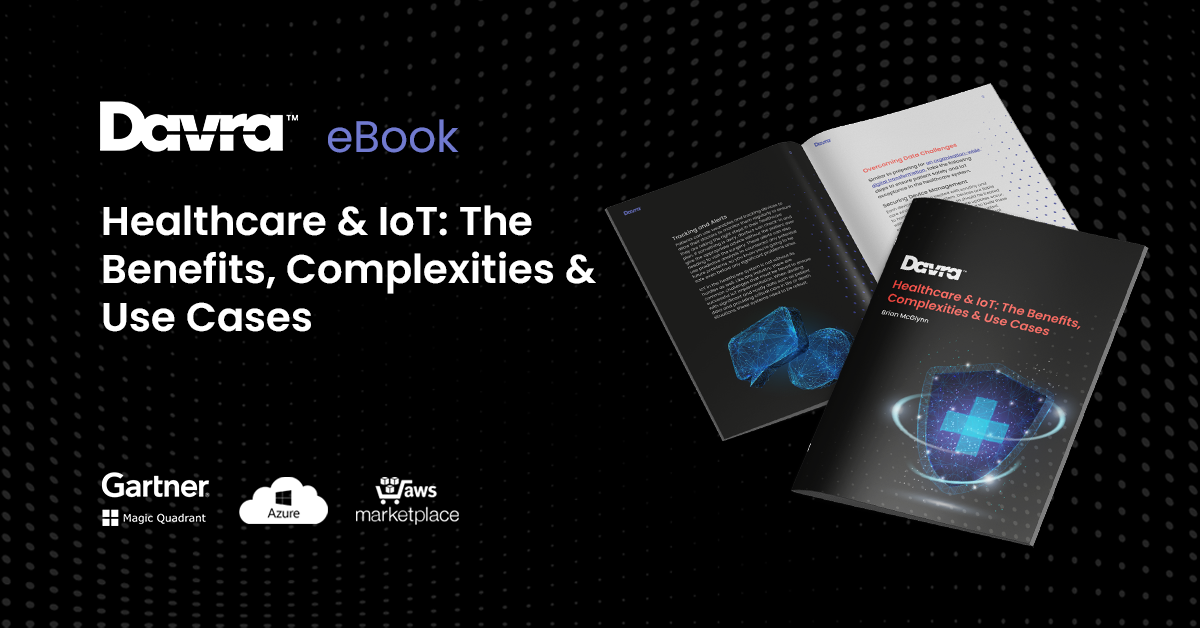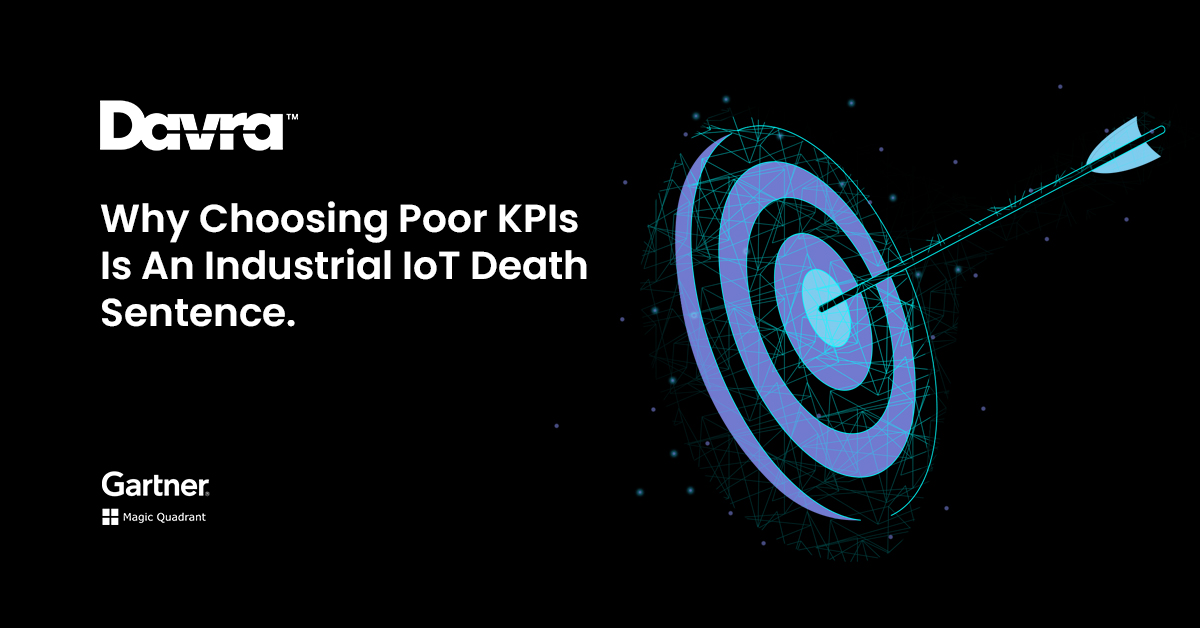IoT in Healthcare Use Cases eBook
Download Your Free IoT in Healthcare Use Cases eBook
Read More


Key Performance Indicators offer valuable data points that can be tough to come by elsewhere. As with any decision-making asset, however, performance indicators also expose you to some risks: If you become overdependent on them or fall prey to poor-quality information streams, you might get blindsided when the time comes for your IoT platform to evolve.
Solving this problem isn’t as simple as merely resolving to pick better KPIs. You’ll also need to understand what differentiates useful indicators from inaccurate data sources and how to filter out misleading noise in real-time. Are you up to the task of drawing a line in the sand, or will the dunes swallow your work for good?
What Makes a Good IoT KPI?
Many performance indicators reflect bespoke business intelligence practices and unique operating models, so who’s to say that some KPIs are less worthy than others? Although it might seem like a mere matter of opinion, the distinctions are actually grounded in common-sense data-acquisition principles.
IoT KPIs need to achieve a few distinct objectives to be worthwhile. According to some experts, yours should have the following characteristics:
Timely: KPIs that lag too far behind the events they’re associated with aren’t of much use to anyone except economists.
Visible: If it takes lots of digging to unearth your chosen performance indicators, you might jar something else loose en route. Your IoT projects aren’t immune to Heisenberg’s famous principle, so select a framework that lets you see the data you want without having to modify other components.
Broad: Your KPIs should grant you the perspectives to make decisions that boost your business as a whole — instead of merely tackling the latest crises.
Immutable: You shouldn’t be able to tweak the numbers at will to suit your business objectives or make your team look good.
Repeatable: Although the KPIs you choose may assess factors that vary, the measurement processes should be relatively consistent.
Revenue-relevant: Good KPIs reflect trends in essential operating factors, such as ROI, social media interactions, digital transactions and other data points that clearly demonstrate business value. Your IoT project might grant you unprecedented power to quantify information, but you still need to focus on the most practical feedback.
Not every metric will satisfy all of these criteria equally well, but it’s important to strive for as many of them as possible. Companies that favor well-rounded metrics may find it easier to clarify complex decision-making processes and respond to changes ably.
How to Choose Better KPIs for Industrial Internet of Things Projects
An IoT project’s KPIs should closely relate to the purposes its architecture serves. Although your indicators need to make sense within the structure of the larger business plan, they still have to retain some degree of focus to prove useful.
A Practical Example
Imagine that you’re building a temperature monitoring and control system for a disaster relief warehouse. If the temperature soars too high during the summer months, then the food stocked in reserve will spoil. This would not only contaminate other food in the facility but also leave first-responders ill-prepared to tackle the next big crisis.
In addition to reprogramming the thermostat, you decide to install sensors to find hotspots and efficiency leaks in the building envelope. An effective KPI for such a project might track the number of stock items that had to be discarded before and after the system’s implementation. Or you might trace your monthly climate control spendings in the covered facilities to gauge your new method’s expense-saving impacts.
In both of these examples, it’s easy to draw connections between the fine-grained info and broader business parameters. You’ll also have noticed that neither indicator gets too embroiled in the nitty-gritty — the way you might if you concentrated on lower-level feedback streams, such as up-to-the-minute temperature curves from each sensor. Although such data is undoubtedly necessary for certain tasks, it’s not exactly rapid-fire KPI material.
Using KPIs With Your IoT Platform
The best KPIs reveal areas for improvement, so your IoT Platform needs to be ready. In the example of the temperature tracking system, for instance, you might eventually determine that you needed to add more sensors to increase accuracy. Such changes could also require you to rethink your chosen KPIs, which might necessitate even more hardware- or platform-level adjustments. Can your IoT framework support the tweaks without forcing you to do everything from the ground up?
Having an industry-tested, AI-backed IoT Platform on your side helps make integrations far less troublesome. Since the IoT commonly connects to other business systems, trustworthy decision-making tools come in handy. In such situations, it’s best if the routing algorithm moving the data around is intelligent — preventing bottlenecks is usually easier with smarter pipelines.
Suppose that your IoT clients routinely generate and transmit terabytes of data. If your connected system is the heart of your entire manufacturing process, then using network service availability as a performance indicator might be a smart decision. Connecting such an input stream to special KPI-aware routing algorithms could help you maintain more performant operations without having to involve high-level execs in rough-and-tumble networking decisions.
Your IoT Platform Should Make It Simple to Identify and Act on Solid Knowledge
Not all performance indicators lead to actionable conclusions, but you shouldn’t have to strain to figure out how to turn your data to concrete ends. Unfortunately, the industrial internet of things can make it tricky to tell which information is worthy of enhanced consideration: With so much to look at, where should you direct your gaze? This lack of clarity puts you at risk of missing out on the lessons offered by potentially valuable KPIs.
Is It Time to Reassess How You Track Business Performance?
The good news is that the planet’s leading IoT Platforms cut down the number of steps needed to go from data points to intelligent actions. On top of suggesting how to draw accurate meanings from your network, they teach you how to recognize trends so that you can improve your KPI-picking skills.
Enterprises don’t have to settle for condemning their industrial IoT projects to death with subpar performance indicators. With the right IoT platforms and support frameworks, today’s leaders are constructing better business intelligence engines — and more enlightened corporate cultures. Learn how to make the most of your KPI choices and IoT Platform capabilities by talking to a Davra expert today.
Brian McGlynn, Davra, COO
Download Your Free IoT in Healthcare Use Cases eBook

Davra IoT is the only Industrial IoT Platform Available on AWS Marketplace
Read MoreThe Collaboration of Humans & Robots Has Created The Cobot
Read More